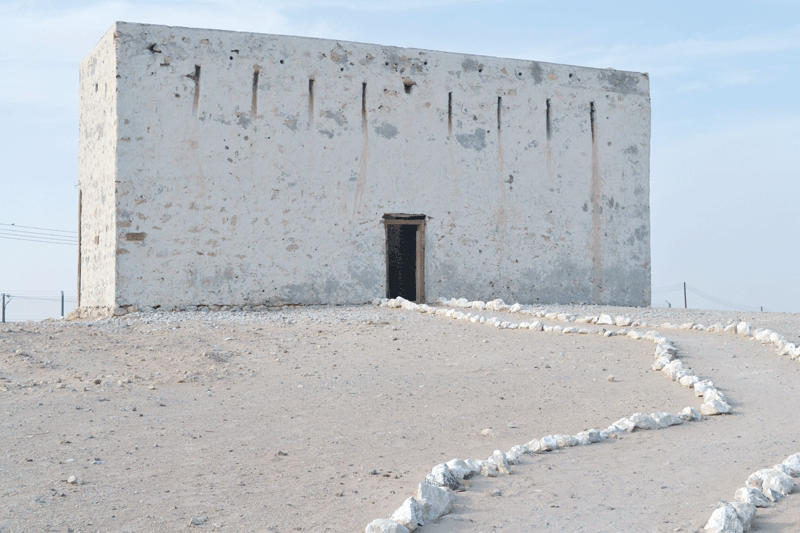

Having history is a matter of pride for any country as it reflects in the richness of a place not only in terms of wealth but also in culture and heritage and their impact on the contemporary society. Oman for that matter is a treasure trove which stores ancient past with full of events and time period ranging from Paleolithic, Neolithic to present day. It has seen broad global eras, such as the Stone Age, Bronze Age and Iron Age.
This was stated by Professor Alessandra Avanzini, Director of the Italian Mission in Oman (IMTO), which is involved in the excavation work of ancient sites at Salut in Northern Oman and Samharam in the South. She was in Salalah during the opening of information centres at Samharam and Wubar.
In an interview with Observer, Prof Alessandra admitted that the world did not know much about the historical treasures of Oman, which stores a lot of history and every with excavation new links of Oman’s connection with the major ancient civilizations of the world is revealed.
“Ten years of work (2004-2014) led to the discovery of the castle of Salut (Husn Salut), the most impressive Iron Age (roughly 1300-300 BC) fortification in the whole South East Arabia. The importance of this discovery can hardly be overestimated... The work was started in 2004 by the IMTO in the northern part of Oman in Salut, near Bahla in the Dakhiliyah Governorate.”
The scope of the IMTO’s involvement at Salut gradually widened over the years and in 2010 the investigation of an Early Bronze Age tower site (roughly 2450-2100-2000 BC), located some 300 meters to the northwest of Husn Salut was started. Extensive excavations continued until late 2015, bringing to light a complex water management system the scale of which can be defined monumental with no hesitation.
Some Middle Bronze Age (2000-1600 BC) tombs have been excavated on Jabal Salut, with examples of typical contemporary pottery and stone vessel.
One Late Iron Age (650-300 BC) small shrine has also been found on Jabal Salut.
“To my understanding North of Oman was more connected with the Mesopotamian civilisation, while the South, Samharam in Dhofar, had links with most parts of the whole world due to its location. The port of Samharam was located in the middle of Arabia having direct link with the Mediterranean, Egypt, Africa, Gulf, Central Asia and of course India. India surely was the most prominent contact for the people of ancient Samharam,” said Prof Alessandra.
She is of the opinion that there were street connections between Samharam, Nizwa, Ubar and Yemen. “There are ample of evidences to support this. All the sites have strong evidences to suggest Oman’s rich history
According to Prof Alessandra, the two big rocks found near the lagoon are indicative of history of Islamic settlement, which dates back to 9th to 11th century. She admitted that both Salut and Samharam were unique in terms of settlement, exposure to the world and trade activities. “Based on analysis of the findings in Samharam, I am sure that the port Samharam was an active port and was not limited only to frankincense trade,” she said.
Kaushalendra Singh
Oman Observer is now on the WhatsApp channel. Click here



